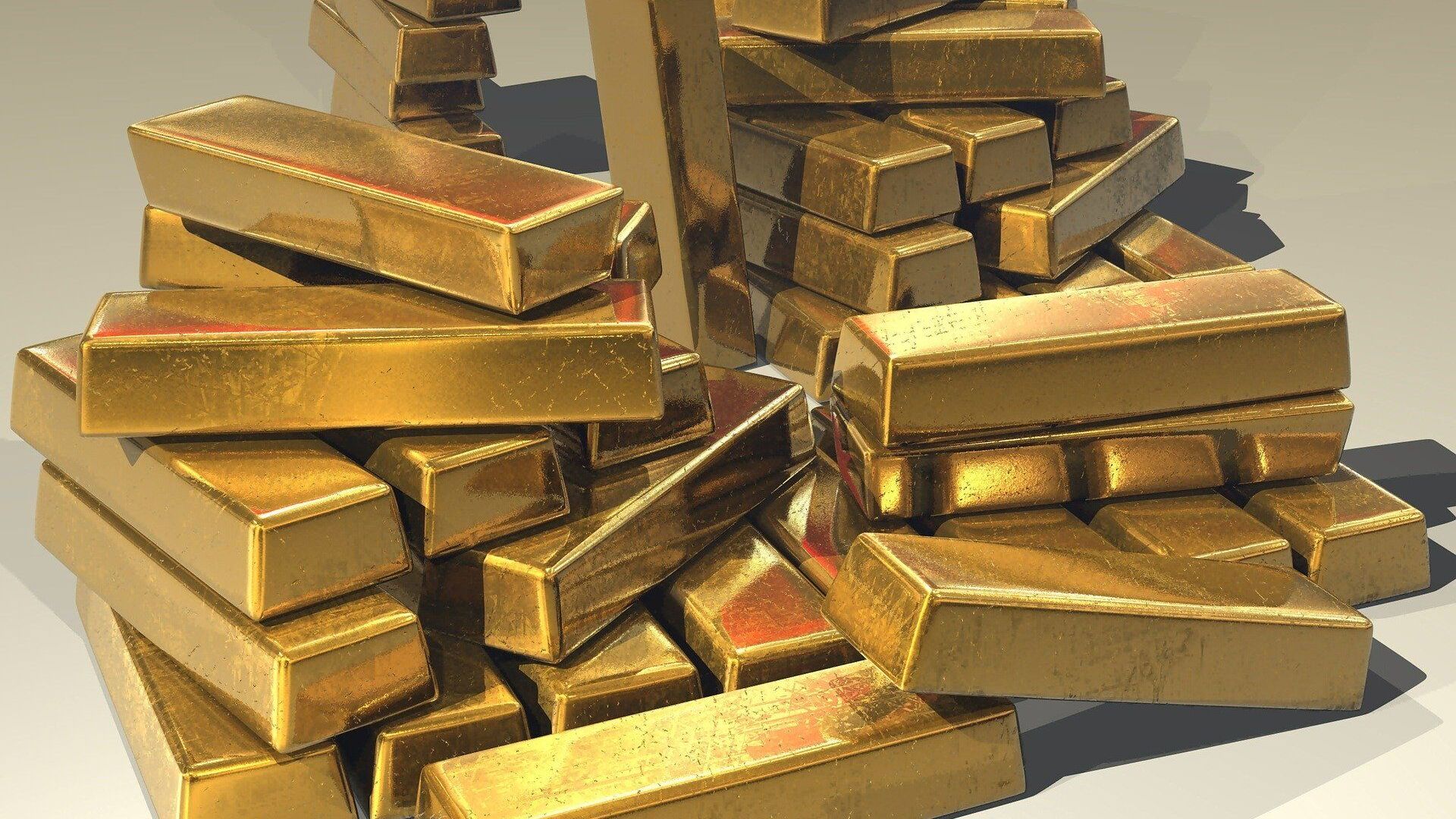Is Russia in Danger of Running Out of Gold Deposits?

CC0 / /
Subscribe
The price of gold per ounce skyrocketed in 2020, as the global economy felt the full impact of the COVID-19 pandemic and the lockdowns that ensued. Global investors sought to buy the precious metal as a safe haven asset amid the volatile developments.
As the global price tag of gold continues to grow, shares of Russian gold mining companies are on the rise. However, experts have voiced concerns that the vast reserves of the country’s precious natural resource are in danger of becoming depleted.
If no new deposits are added, Russia could see its existing gold resources hit rock bottom in just 20 years, warned the CEO of the nation’s largest gold producer Polyus Gold , Pavel Grachev, speaking to Russian media outlets.
According to him, investments into exploration should urgently be boosted. Polyus' own resources will last another 37 years, Grachev added.
Russia’s Gold Mining Deposits
There are about seven and a half to eight thousand tonnes of gold in Russian deposits, according to the CEO of Polyus, the largest gold producer in Russia and one of the top five globally. They extract 330 tonnes annually, which means that at this rate, in a couple of decades the deposits will have been exhausted.
The Federal Agency for Mineral Resources (Rosnedra) is confident that the precious metal deposits will last an estimated 36 years. The reproduction of reserves exceeds production, they claim, adding that developing deposits is a protracted and expensive process. Sukhoi Log gold mine is one of the largest untapped gold deposits in the world, and is one of the most significant Polyus projects.
"Полюс" увеличил долю в проекте Сухой Лог до 68,2% https://t.co/PsFjN7qetx pic.twitter.com/rM6fffzTL2
— FlashSiberia (@FlashSiberia) March 25, 2019
It spans 105,000 square kilometres in Russia’s Irkutsk region, about 900 km from the Arctic Circle.
According to 2020 estimates, Sukhoi Log’s gold reserves stand at 40 moz (million troy ounces) of gold (ore grade 2.3 g/t), while its resources are estimated at 67 moz of gold (ore grade 1.9 g/t). With a potential lifespan of up to 35 years, Sukhoi Log is expected to become fully operational in 2026.
Polyus this year announced plans to ramp up gold output in 2022 and 2023 after a slowdown caused by the decline in the quality of the ore extracted from the mines.
With Russia actively increasing gold production, over the longer term, new mining projects could push Russia to become the world’s largest gold producer by 2029, overtaking China and Australia, said Fitch Solutions consultancy last August. According to analysts' forecasts, Russia will become the leading gold producer by 2029, displacing China.
The Kyuchus field near Tiksi on the Laptev Sea coast could soon become one of Russia's largest gold mines with the estimated 175+ tonnes of gold. Its development includes building of a nuclear power station https://t.co/GbnbXh0414 pic.twitter.com/FqAVrVgpQd
— The Siberian Times (@siberian_times) October 13, 2021
However, in the past 25 years, fewer and fewer new deposits have been discovered in Russia. One suggested option to remedy the situation, according to analysts, is to increase private investment in geological prospecting and simplify the circulation of search licenses. For example, in Canada and Australia, 75 percent of newly-discovered fields have been the result of efforts carried out by junior prospecting companies, they are cited as stating. These small-cap miners are tasked with making discoveries.
“In Russia, it is possible to sell a deposit only through the sale of a legal entity - the owner of the license. Dozens of licenses mean dozens of legal entities with all the attendant difficulties that hinder the creation of a market for search licenses," said Pavel Grachev.
Gold as a ‘Safe Haven’
Depletion of resources is a big risk to the stability of the economy, all the more so as times of crisis typically trigger a rush to invest in the precious metal. Thus, this June the Russian Finance Ministry announced it had finally brought the share of US dollar in the National Wealth Fund (NWF) to zero, and of the British pound to 5%, increasing euro and yuan shares to 39.7% and 30.4%, respectively.
"The Russian Finance Ministry reports the completion on 5 July 2021, of the conversion operations necessary to bring the actual structure of the NWF funds to the new regulatory structure", the statement said.
The move to ditch the dollar was motivated by both the printing of record amounts of dollars by the Federal Reserve, driving inflation up, and as a response to Washington’s threat of sanctions, said First Deputy Prime Minister Andrei Belousov.
Brian O'Toole, a former senior advisor at the Office of Foreign Assets Control (OFAC) of the US Department of the Treasury, was quoted as saying the decision to ditch the dollar in the Russian government’s reserves makes sense. He said that the sovereign fund was named among the potential targets for Washington’s sanctions, and that’s why the move makes it possible to avert a full blocking of the dollar portfolio in the event of such tough measures.




